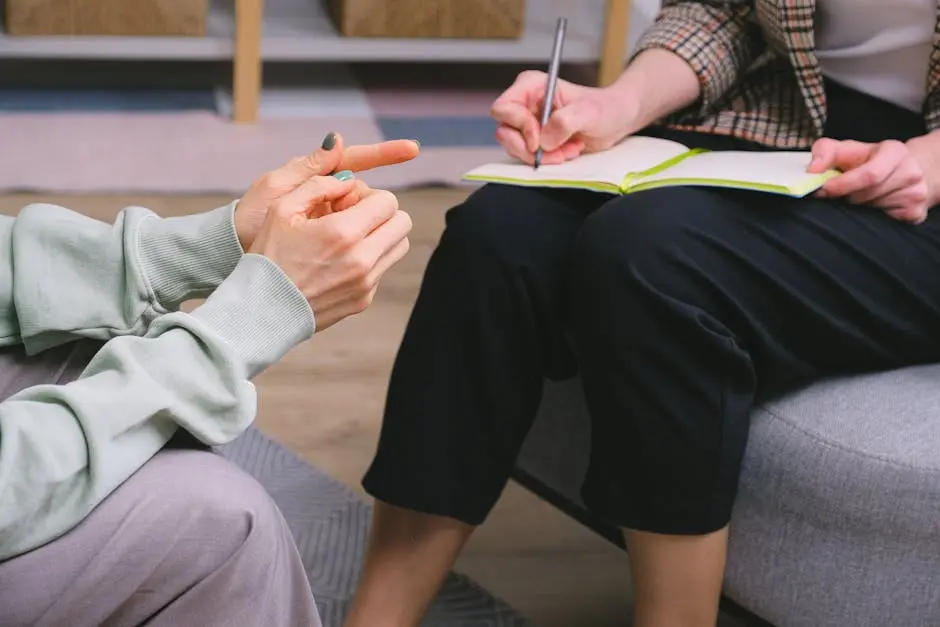Our Blog
Can Choledocholithiasis Lead to Other Complications?
October 12, 2024
Choledocholithiasis, the presence of gallstones in the common bile duct, can lead to serious health issues if left untreated. Understanding the potential complications is crucial for timely intervention and treatment. In this article, we’ll explore the various complications associated with choledocholithiasis and how they can affect your health.
Understanding Choledocholithiasis
Choledocholithiasis occurs when gallstones migrate from the gallbladder into the common bile duct, obstructing the flow of bile. This blockage can disrupt the normal digestive process, leading to various issues. In simpler terms, think of the common bile duct as a drain; when a blockage occurs, the entire system can back up and cause problems.
The implications of this condition are significant. Not only does it interfere with digestion, but it can also lead to inflammation and infection in nearby organs. For instance, prolonged obstruction may irritate the pancreas and bile ducts, setting the stage for more severe complications.
It’s essential to remember that choledocholithiasis is often asymptomatic in the early stages. As such, individuals may not recognize they have gallstones until complications arise. Awareness of the condition’s signs and symptoms — such as abdominal pain, jaundice, or dark urine — is vital for prompting medical evaluation.
Common Complications of Choledocholithiasis
When gallstones block the bile duct, several key complications can develop. The most common is cholangitis, an infection of the bile duct that can lead to serious illness if not promptly treated. This occurs due to stagnant bile accumulating behind the obstruction, creating an ideal environment for bacterial growth.
Another potential complication is pancreatitis, which is inflammation of the pancreas. This can occur when the blockage increases pressure in the ducts, causing digestive enzymes to activate prematurely. Individuals may experience severe abdominal pain, nausea, and vomiting as a result.
If left unchecked, choledocholithiasis can escalate to life-threatening conditions like sepsis. This systemic response to infection can lead to organ failure and require immediate medical intervention. Hence, understanding and identifying the complications is not just fundamental for better health; it can literally save lives.
How Pancreatitis Develops from Choledocholithiasis
The link between choledocholithiasis and pancreatitis can be explained through the complex anatomy of the digestive system. When gallstones obstruct the common bile duct, they can also pressure the pancreatic duct. This interference can cause pancreatic juices to back up, leading to inflammation.
Symptoms of pancreatitis can range from mild to severe. Mild cases may involve discomfort, but severe pancreatitis can involve debilitating pain, fever, and even shock. It’s important to act quickly if you identify these symptoms after a known gallstone blockage.
Treating pancreatitis often requires hospitalization, including intravenous fluids and potentially surgery to remove the gallstones. Understanding this connection between choledocholithiasis and pancreatitis can empower individuals to seek timely medical help before complications worsen.
The Risk of Cholangitis Due to Blocked Bile Ducts
Cholangitis is a significant risk following choledocholithiasis, characterized by the classic triad of symptoms: fever, jaundice, and right upper quadrant pain. This condition occurs when the bile duct becomes infected, often after prolonged obstruction from gallstones.
It’s critical to recognize that cholangitis is not merely a discomfort; it can be life-threatening. If you or someone you know is experiencing these symptoms, it can indicate an emergency that requires immediate medical evaluation and intervention.
Treatment for cholangitis typically involves antibiotics and procedures to relieve the obstruction. These can include endoscopic retrograde cholangiopancreatography (ERCP) to remove the stones or decompress the bile duct, preventing further complications.
Recognizing Symptoms of Severe Complications
Early recognition of symptoms associated with choledocholithiasis complications is crucial for effective management. Key indicators may include sudden onset abdominal pain, fever, changes in skin color, and alterations in urine or stool appearance. If these symptoms arise, it’s critical to seek medical attention promptly.
Do not ignore subtle signs; they can escalate quickly. For instance, jaundice, which is the yellowing of the skin and eyes, is a strong indicator that something is wrong with the bile duct. This might mean that the liver is being affected by underlying complications.
By understanding these symptoms and their implications, you equip yourself with the knowledge needed for proactive health management. Remember, the sooner you act, the higher the chances of a positive outcome. Take control of your health and don’t hesitate to reach out to a healthcare professional.
Final Thoughts on Choledocholithiasis Complications
In summary, choledocholithiasis can indeed lead to a range of complications, including pancreatitis, cholangitis, and even sepsis. Recognizing the signs and symptoms early on is vital for preventing these serious outcomes. If you suspect you may have gallstones or are experiencing symptoms, it is important to seek medical attention promptly.
